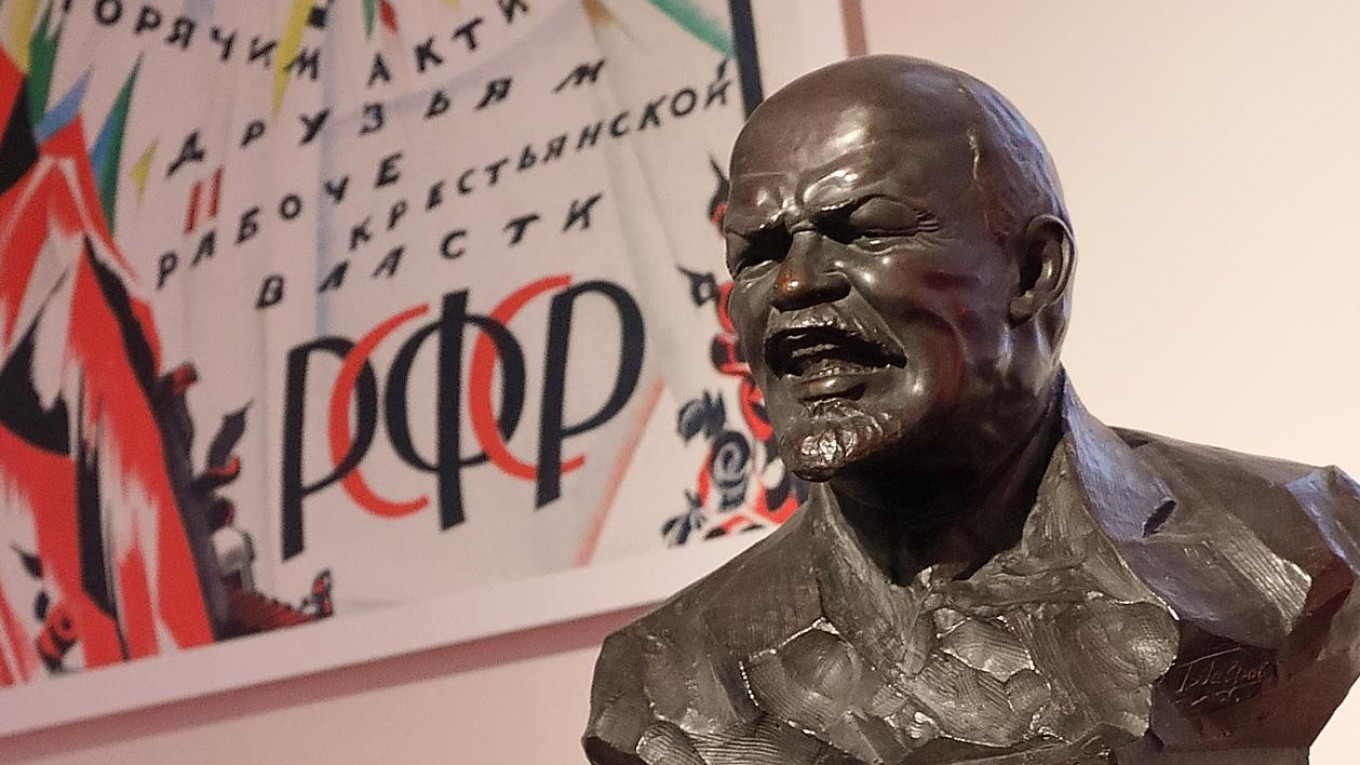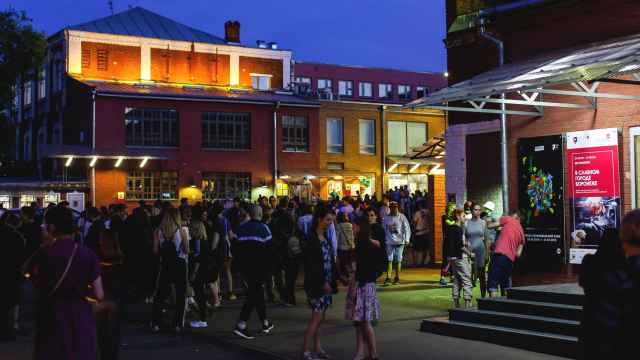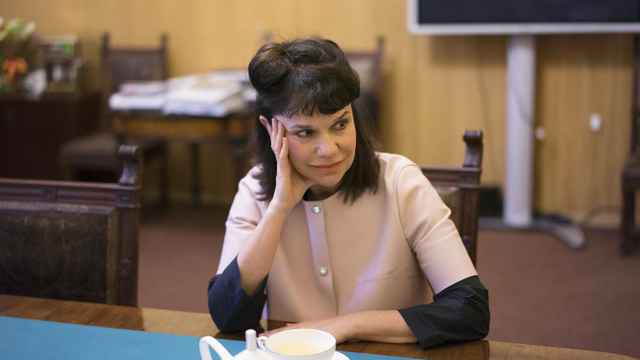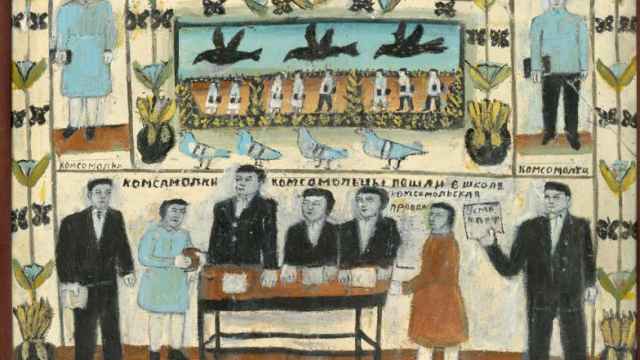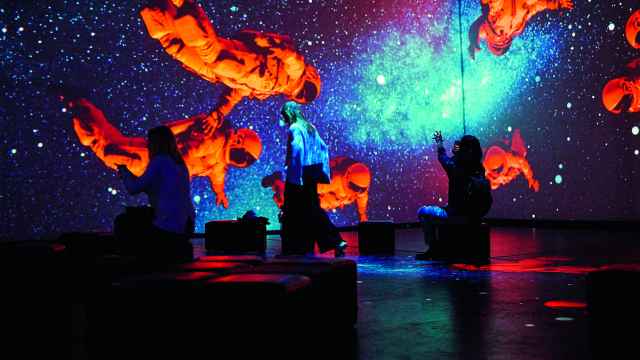In 2017, Russia marks the 100th anniversary of one of the most crucial episodes in its history —the October Revolution. And what better place to hold the first in a series of exhibitions devoted to the centennial than the Museum of Contemporary Russian History – known until 1998 as the Museum of the Revolution.
“1917: Code of the Revolution” has been curated with the help of the Russian State Archive of Social and Political History, which provided dozens of original documents. But most of the 1,500 items on display are from the museum’s own collection.
During the Soviet era, the events of 1917 and the October Revolution were described as legendary and heroic, and there was a very black-and-white approach to its participants. The Bolsheviks were the good guys, everyone else, especially the Provisional Government— the bad guys. The Museum of the Revolution, of course, played its part in these propaganda efforts, its displays confirming this narrative.
“1917: Code of the Revolution” tries to strike a delicate balance between the various opinions about the October Revolution that have emerged since the fall of the USSR. But sometimes it can’t quite shake off an ironic approach to any participants other than the Bolsheviks. There’s a series of postcards depicting political parties as naughty children, and teacups with cartoons of politicians of the time. One display claims that the head of the Provisional Government, Alexander Kerensky, tried to establish his own personality cult. A medal bearing his likeness reads: “The great, wise, honest, beloved leader of free people.”
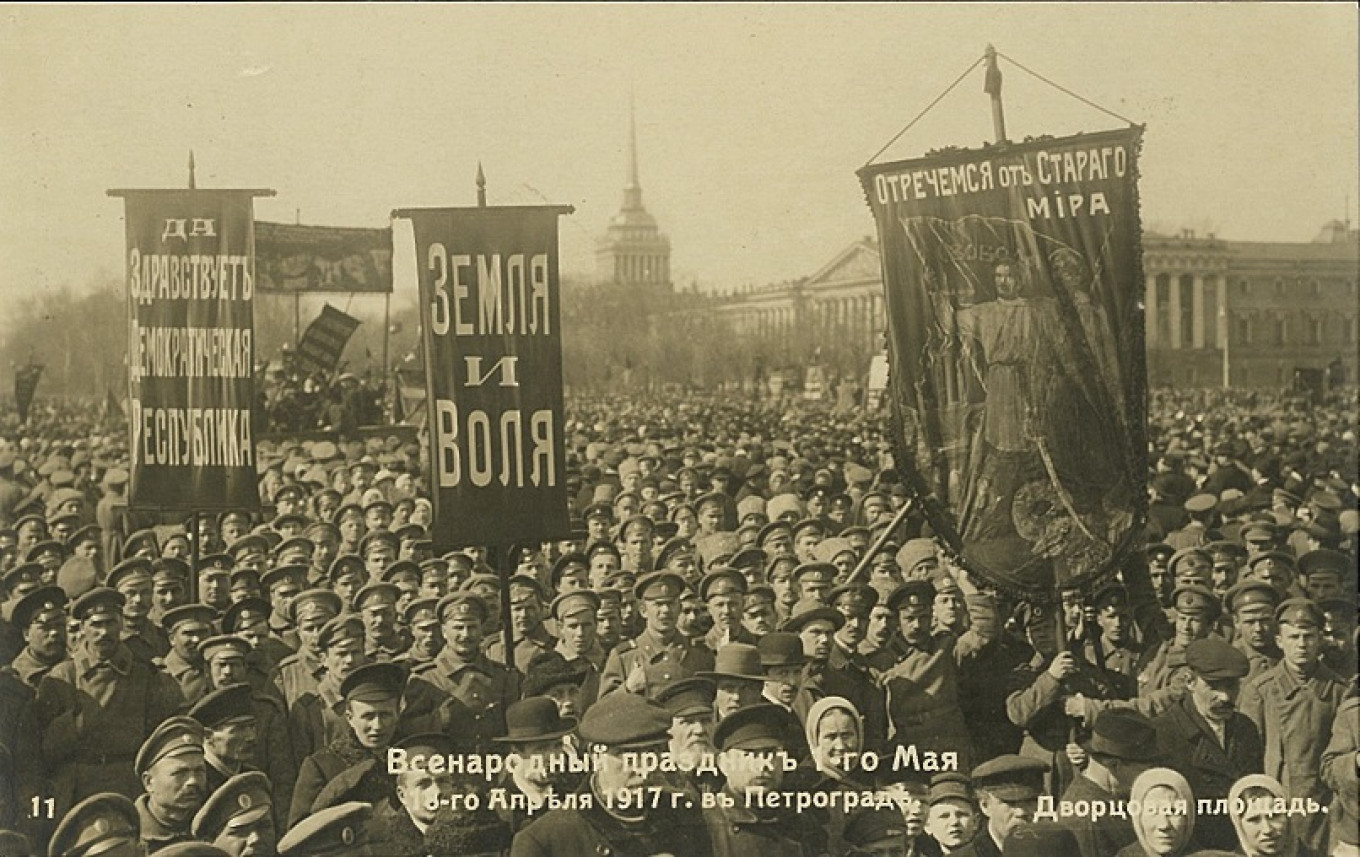
Tsar Nicholas II and his family are also shown in several political cartoons, including one calling him “tsar-turnip.” It depicts the Russian people trying to root him out of the ground, mirroring the plot of a traditional Russian fairytale.
Each hall of the exhibition is dedicated to a certain period or aspect of the revolution, from the economic and social circumstances of the Russian Empire in the early 20th century all the way through to the October Revolution. One section even covers the art influenced by what happened in 1917.
The exhibition contains personal effects that belonged to various participants in the events of 1917, from the notes of the Bolshevik leader Vladimir Lenin to testimonies of the former Red Guards. Yet there’s little material depicting the lives of ordinary citizens, apart from photographs of people lining up for food and samples of “kerenki,” the new currency introduced by the Provisional Government.
The curators of “1917: Code of the Revolution” have stuck to the facts, leaving visitors free to make their own conclusions. Nikita Anikin, one of the organizers, says that the main goal was to show that revolution is a “universal, all-encompassing process that affects every aspect of the lives of all people, regardless of what they are trying to achieve.”
“We wanted to show that original slogans are one thing, while reality is totally different and that revolutions can’t happen without a subsequent break-up of society. Even those who campaigned under the same slogans in February—Bolsheviks, Mensheviks, Socialist Revolutionaries—by October had come so far apart that it led to civil war,” he says.
But the tone and set-up of the exhibition are such that visitors can’t shake the feeling of impending doom. The hall devoted to the October Revolution is colored red, a possible hint to visitors of the cost of social upheaval. This is in line with the Kremlin’s current position on the events of 1917 and revolutions and protests in general: They are dangerous and must be avoided at all cost.
A Message from The Moscow Times:
Dear readers,
We are facing unprecedented challenges. Russia's Prosecutor General's Office has designated The Moscow Times as an "undesirable" organization, criminalizing our work and putting our staff at risk of prosecution. This follows our earlier unjust labeling as a "foreign agent."
These actions are direct attempts to silence independent journalism in Russia. The authorities claim our work "discredits the decisions of the Russian leadership." We see things differently: we strive to provide accurate, unbiased reporting on Russia.
We, the journalists of The Moscow Times, refuse to be silenced. But to continue our work, we need your help.
Your support, no matter how small, makes a world of difference. If you can, please support us monthly starting from just $2. It's quick to set up, and every contribution makes a significant impact.
By supporting The Moscow Times, you're defending open, independent journalism in the face of repression. Thank you for standing with us.
Remind me later.


